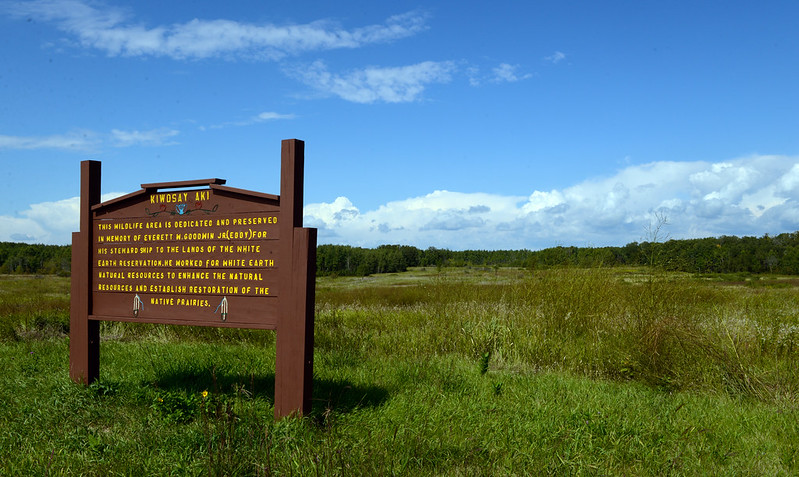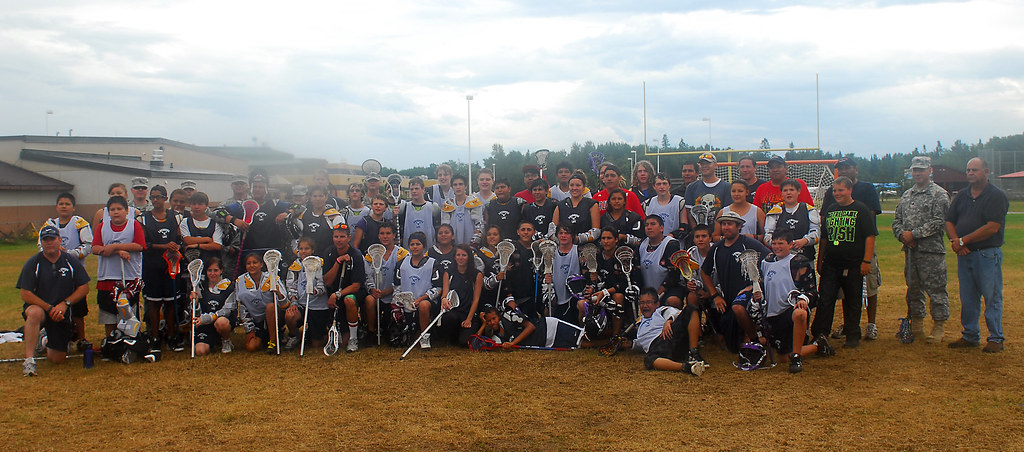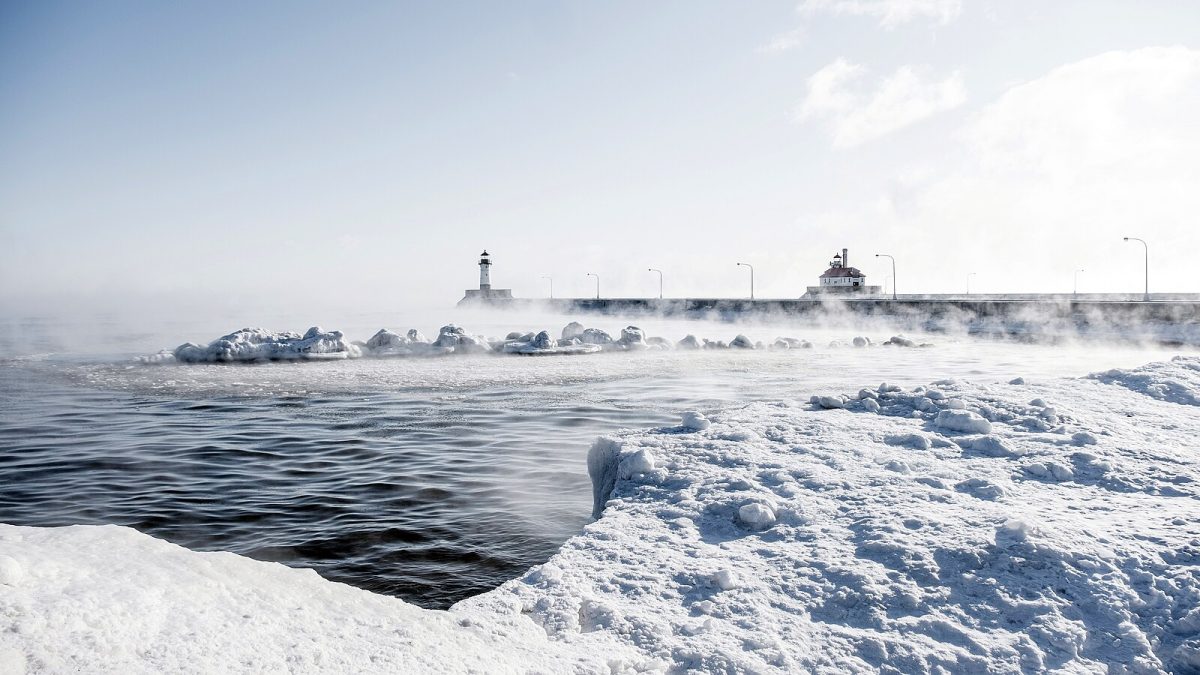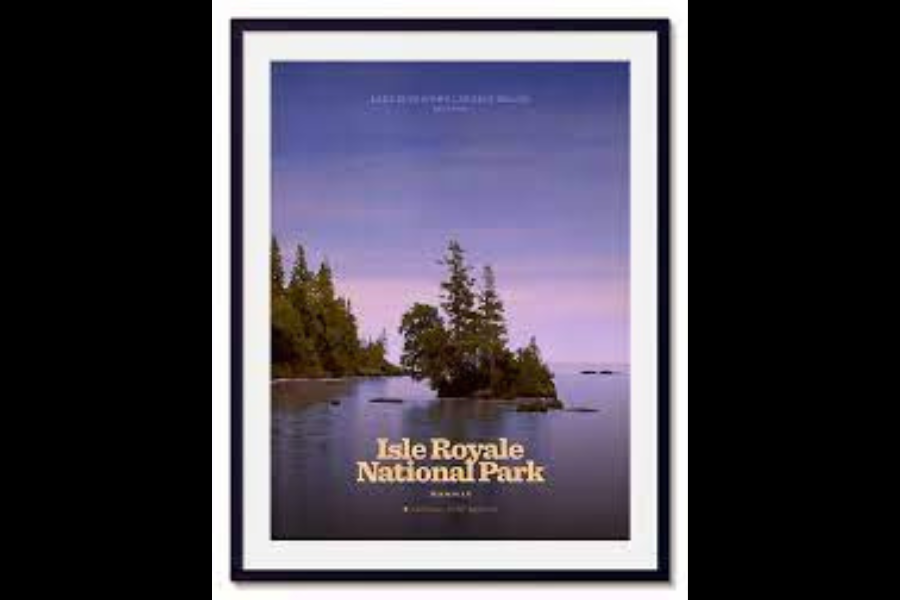Minnesota travel destinations: Native American Reservations in Minnesota
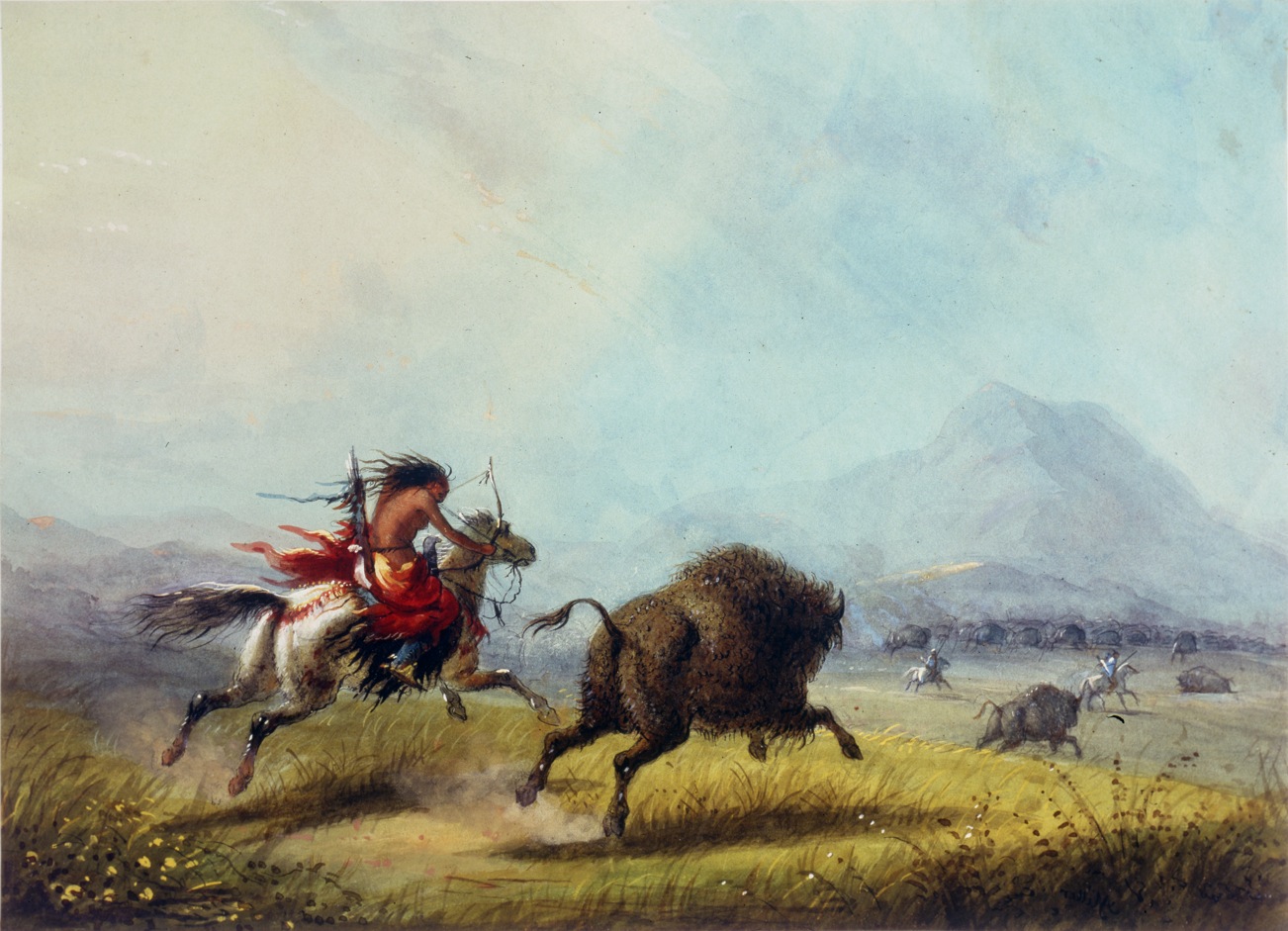
Located in the northwestern portion of Minnesota, the White Earth Reservation is home to the Chippewa nation and is the largest reservation by both square mileage and population within Minnesota. As of the 2020 census, the total population of the reservation is 9,726. The number of people who identify as Native American within the reservation total 4,029. The White Earth Reservation encompasses 1,296 square miles of land which holds many lakes, forests, as well as prairie lands who’s soil caters to farming within the reservation.
History: The past of the White Earth Reservation is unfortunately not a bright one. It is filled with mistreatment and trickery just like so many other stories involving Native Americans. During the Civil War in 1863, white settlers within the area aimed to avoid military service demanded by the current draft by tricking Native American men living on the reservation to instead go for them. The settlers tricked the Native Americans into signing the agreements to serve for them during the Civil War while they were under the influence of alcohol. These Native Americans from the White Earth reservation would be forced to serve for G company of the 9th regiment of Minnesota. G company would first defend Fort Abercrombie located in what is now North Dakota. During their garrison at the fort, it came under siege by the Sioux Nation. G company was able to successfully repel the attack on Fort Abercrombie forcing the Sioux to retreat. After their garrison at Fort Abercrombie G company were deployed to the South to fight in the Civil War. Their first battle while in the south would be during the Battle of Brice’s Crossroads. Serving alongside two African American regiments during the battle, G company was able to defend the back of the 59th infantry division keeping them from being overrun. This battle earned the company recognition for their skills in combat and bravery. G company would serve in multiple other battles during the war, and by the end would suffer few casualties. Today there is a memorial outside the Shooting Star Casino commemorating not only the Native Americans who served during the Civil War, but also those who served bravely in conflicts to follow.
Businesses: The White Earth Reservation owns and operates multiple businesses throughout their reservation. In the western half of the reservation is the Shooting Star Casino. The casino provides gaming, concerts, event space as well as a 386 room hotel. White Earth also harvests and sells their own wild rice which is grown naturally in the wetlands of the reservation where it is harvested by hand and sold by the White Earth reservation. Furthermore, the reservation owns and operates its own Tribal and Community College where they focus both on academics and also heritage and cultural preservation of the Chippewa nation.
Travel: The White Earth reservation welcomes visitors onto their land to learn about their unique culture and heritage. Visitors are able to watch and even participate in events on the reservation such as drum circles and powwows to name a few. Members of the White Earth community are happy to teach visitors about the history of both the land and Chippewa nation who have lived on the land for centuries by showcasing art and stories passed down from generation to generation. Visiting the White Earth reservation enables you to discover the past lives of many Native Americans who lived on the lands, as well as those who currently live on the land.

Encompassing all of Lower Red Lake and a portion of Upper Red Lake in northern Minnesota, The Red Lake Reservation is one of the largest in the state covering 1,260 square miles and is home to the Red Lake Band of the Chippewa Nation. Before explaining further about the Red Lake Reservation, it is important to know that this reservation is a closed one meaning the Chippewa living within the reservation have the right to refuse visitors and only permit travel through specific roads. The reason for the reservation being closed is because nearly all residents are part of the Chippewa Nation, and identify as Native Americans. Although the status of the reservation is closed, this does not mean all visitors are banned. Visitors can still be welcomed onto their territory; however, they have the right to limit any and all those who would like to visit the Red Lake Reservation.
History: Prior to the 17th century, before the land around Red Lake belonged to the Dakota Nation who lived on and around the land. During the 17th century the Chippewa Nation whose territory encompassed much of the northern Great Lakes, began to migrate down into Minnesota slowly pushing out the Dakota Nation. Sometime between 1650 and 1750 the Chippewa Nation successfully took control of the Red Lake region which they have held ever since. The Red Lake Chippewa’s first contact with Europeans was with French Canadian Explorers and Fur traders. The two’s relationship was relatively positive with both groups benefiting from the fur trade as well as intermarriage between the two. The Red Lake Chippewa Nation remained relatively untouched until Nuns from St. Benedicts in St. Joseph (Now the College of St. Benedict and Monastery) built a boarding school for Native American females living on the land. Unfortunately, like many boarding schools the aim for the school was to teach Catholicism as well as to teach a traditional role within a family that fit European traditions. Throughout the schools teachings, however, many traditions of the Chippewa culture remained intact, but never to the extent that they used to be. In the 20th and 21st century, the Red Lake Chippewa refused to become a part of the official Minnesota Chippewa Tribe due to their goals of preserving their land and culture within their community. The reservation has developed their own form of democratic government from which they have successfully developed many modern amenities for residents on the Nation which include running water, roads, and modern housing.
Businesses: The Red Lake Nation owns the Seven Clans Casino of which there are three locations. The largest of the three casinos is located on the reservation just outside of Bemidji. Other locations are in Thief River Falls and Warroad. Each casino has an attached hotel along with event space for presentations, events and entertainment.
Travel: People living outside of the Red Lake Reservation do have the ability to travel through the reservation without stopping within its borders; however, because of its status of being a closed reservation, the Red Lake Nation has the right and ability to bar any travelers from coming onto their land.

Surrounding both Leech Lake and Lake Winnibigoshish the Leech Lake Reservation is home to the Leech Lake Band of Ojibwe part of the Chippewa Nation. This reservation is one of the largest by size within the state covering an area of over 1,300 square miles. The landscape within the reservation is very similar to that of much of northern Minnesota with the land being relatively flat and harboring large forests, lakes and wetlands.
History: It’s important to know some of the history that has taken place within the reservation. The Battle of Sugar Lake, also known as the Battle of Leech Lake, was a battle fought between the United States 3rd Infantry and the Pillager Band of Chippewa in 1894. The battle was fought over a dispute between the U.S. Justice System and the unfair trials of Native Americans living in the area. Native Americans convicted on small charges were being transported away to federal courts which would unfairly sentence them for the crimes they committed. These misdoings led to protests by the Native Americans throughout the area and eventually shots were fired between the U.S. 3rd Infantry and Pillager Tribe of Chippewa. In the end, both sides negotiated a ceasefire, however, the State of Minnesota deployed their National Guard in fear of further bloodshed, but none ever came. Today you can visit the Cass County Museum in Walker, Minnesota to learn more about the battle and the people who fought in it. Another significant historical event that took place on the Leech Lake Reservation was the court case of Bryan vs. Itasca County. This court case made it all the way to the United States Supreme Court and was instrumental at further developing the sovereignty of Native Americans and Reservations throughout the United States.
Businesses: Some businesses within the reservation include Ojibwe Wild Rice, a company who proudly produces, harvests, and sells Wild Rice throughout Minnesota. The reservation also contains the Northern Lights Casino, and the Cedar Lake Casino both owned and operated by the reservation.
Travel: Traveling to the Leech Lake Reservation will give you the opportunity to discover the beauties of Northern Minnesota, as well as the diverse culture of the Ojibwe who have lived on the land for centuries. Members of the reservation are happy to teach travelers about the past and culture of those who have come before them, and also invite visitors to participate in their cultural gatherings.
Just west of Duluth Minnesota and right outside the town of Cloquet, the Fond Du Lac Reservation takes up an area of about 160 square miles. The reservation is home to a branch of the Chippewa Nation called the Anishinaabeg which translates to The People.
History: The Fond Du Lac Reservation was originally founded by the U.S. government in 1837 from which the reservation was approximately 1.25 times the size of the reservation’s current territory. During the Dakota War also known as the Dakota Uprising in 1862, which took place in Minnesota after multiple settlements of the Dakota Nation were facing starvation and forced to move off their land due to continued westward expansion. During this period of violence in Minnesota, the Fond Du Lac Chippewa elected to side with the United States. In 1889, after multiple Native American treaties and acts over half of the Fond Du Lac Reservation was given up to non-Native people and companies. This was eventually reversed in 1981 giving much of the land lost back to the Fond Du Lac Reservation whose hands it has stayed in ever since.
Business: The Fond Du Lac Reservation owns two Casinos, the Black Bear Casino in Carlton, Minnesota, and the Fond-du-luth Casino in Duluth. The reservation also owns the attached golf resort on the Black Bear Casino.
Travel: Visitors of the reservation can view the past culture and history of the Fond Du Lac Chippewa at the Cultural Center and Museum which houses multiple artifacts and stories of the past. Furthermore, travelers can go to the Fond Du Lac State Forest that overlaps with the reservation in the western portion of their territory. The forest contains multiple trials both for hiking access as well as off road vehicle access such as dirt bikes and ATVs.

Along the southern border of Mille Lacs Lake is the Mille Lacs Reservation. The Mille Lacs Band of Ojibwe live within the reservations borders which are a part of the larger Chippewa Nation of Native Americans. The current size of the reservation is 207 square miles with large portions bordering Mille Lacs Lake.
History: The Mille Lacs Region has been home to both the Dakota and Ojibwe Nation through the past centuries. Before the Ojibwe took control of the region, it was first settled by the Dakota Nation until the 1700s. During this time, the Ojibwe and other parts of the Chippewa Nation began to venture throughout the upper portion of Minnesota. This expansion led to multiple conflicts between both Nations including one with the Dakota living in the Mille Lacs region who were forced out by the Ojibwe leading to the Ojibwe’s control and further settlement of the region. During this time also, the first French explorers began to travel throughout Minnesota including the Mille Lacs Region. After contact with French explorers the Ojibwe became involved in the fur trade which took place throughout North America. In the 1950s through multiple unfair treaties with the United States Government, large portions of the Ojibwe land was seized by the government only leaving small snippets of the remaining land to the Ojibwe on the portions around Mille Lacs Lake. This land would eventually come under the scope of further U.S. expansion as they hoped to relocate the Native Americans living there to the White Earth Reservation, however, this pressure proved unsuccessful. The Mille Lacs Ojibwe have held the land ever since to this day.
Businesses: The Mille Lacs Reservation owns multiple businesses on their reservation along with the Grand Casino Mille Lacs. The reservation also owns the Intercontinental St. Paul Riverfront, a large hotel and resort in St. Paul providing visitors luxury accommodations as well as an environment to explore multiple attractions in St. Paul.
Travel: The Mille Lacs Reservation gives visitors the opportunity to visit the Mille Lacs Indian Museum and Trading Post which provides visitors with multiple exhibits regarding the history of the Ojibwe Nation. Mille Lacs Lake bordering the reservation holds multiple game fish species as well. This includes Walleye, Smallmouth Bass, and Largemouth Bass to name a few.

The land within and around the City of Sartell as well as St. Stephen prior to European Settlement once belonged to two Native American tribes living in Minnesota at the time, the Dakota Nation and Anishinabe Nation. Sartell was regarded as a “no man’s land” between the two nations after multiple conflicts between the two. Eventually, in 1875 an official treaty was formed regarding the borders between these two nations. The treaty stated that the Watab Creek would be the separation between the two nations, the very one that empties out into the Mississippi right below the Sartell Dam. In 1876, the Ho-chunk Nation settled in the area briefly before moving further towards Mankato, Minnesota.




